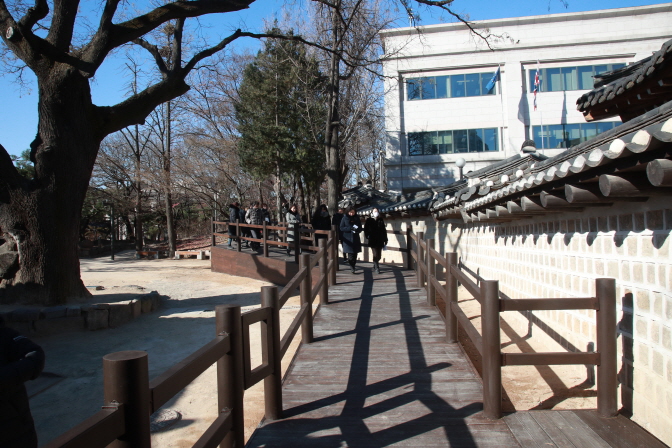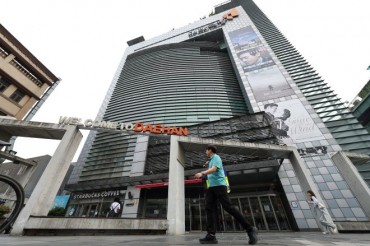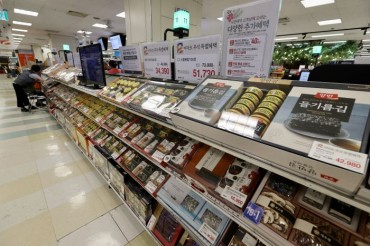SEOUL, Dec. 7. (Korea Bizwire) – The Seoul metropolitan government opened the entire walkway encircling a royal palace in the South Korean capital to the public Friday almost 60 years after it was blocked off by the British Embassy.
Visitors have been unable to complete a circuit of the walkway along the stone wall around Deoksu Palace, a royal residence of the 1392-1910 Joseon Dynasty, as the compound of the British Embassy has been sitting on a strip of the palatial perimeter since 1963, resulting in a 170-meter break in the 1.1-kilometer route.
The access to the popularly known “Doldamgil” pathway came on the heels of the embassy’s agreement in August last year to transfer 100 meters of the stone-paved pathway to the city government.
The 100-meter road was originally owned by the Seoul local government. But the embassy did not return the remaining 70 meters of the pathway, which Britain purchased for the construction of its legation in Seoul in 1883, as lodgings for embassy staff and its main gate are located nearby.
The British side was reluctant to leave the 70-meter section open for security reasons, but the city government and the Cultural Heritage Administration persuaded the embassy to accept compromise measures to create a road inside the place that leads to Doldamgil and to build an exit by the stone wall for the embassy. The embassy and the palace are divided by the wall.
But the city government placed restrictions on the hours of access to the 70-meter road inside the palace by making it available only between 9 a.m. and 6 a.m. when the former royal residence is open –every day except Monday — as a measure to protect the cultural property.
The city government and the administration had been pushing the project to open the walkway since 2014 and managed to persuade the embassy to help realize its ambition.
One of Seoul’s five grand palaces built during the dynasty, Deoksu Palace, meaning “Palace of Virtuous Longevity,” became a palace in 1593 when King Seonjo moved in after all of Seoul’s other palaces were destroyed during the Japanese invasion.
King Gojong, the dynasty’s 26th monarch, proclaimed the founding of the Korean Empire at the palace in 1897 before Japan’s 1910-45 colonization of the Korean Peninsula.
“We have to overcome the dark history and rewrite a history of hope in this place, which is fraught with bitter memories of King Gojong and the empire,” Seoul Mayor Park Won-soon said during a tape-cutting ceremony to mark the reconnection of the walkway.
The ceremony was also attended by Chung Jae-suk, chief of the Cultural Heritage Administration, British Ambassador to South Korea Simon Smith and U.S. Ambassador to South Korea Harry Harris.
(Yonhap)







